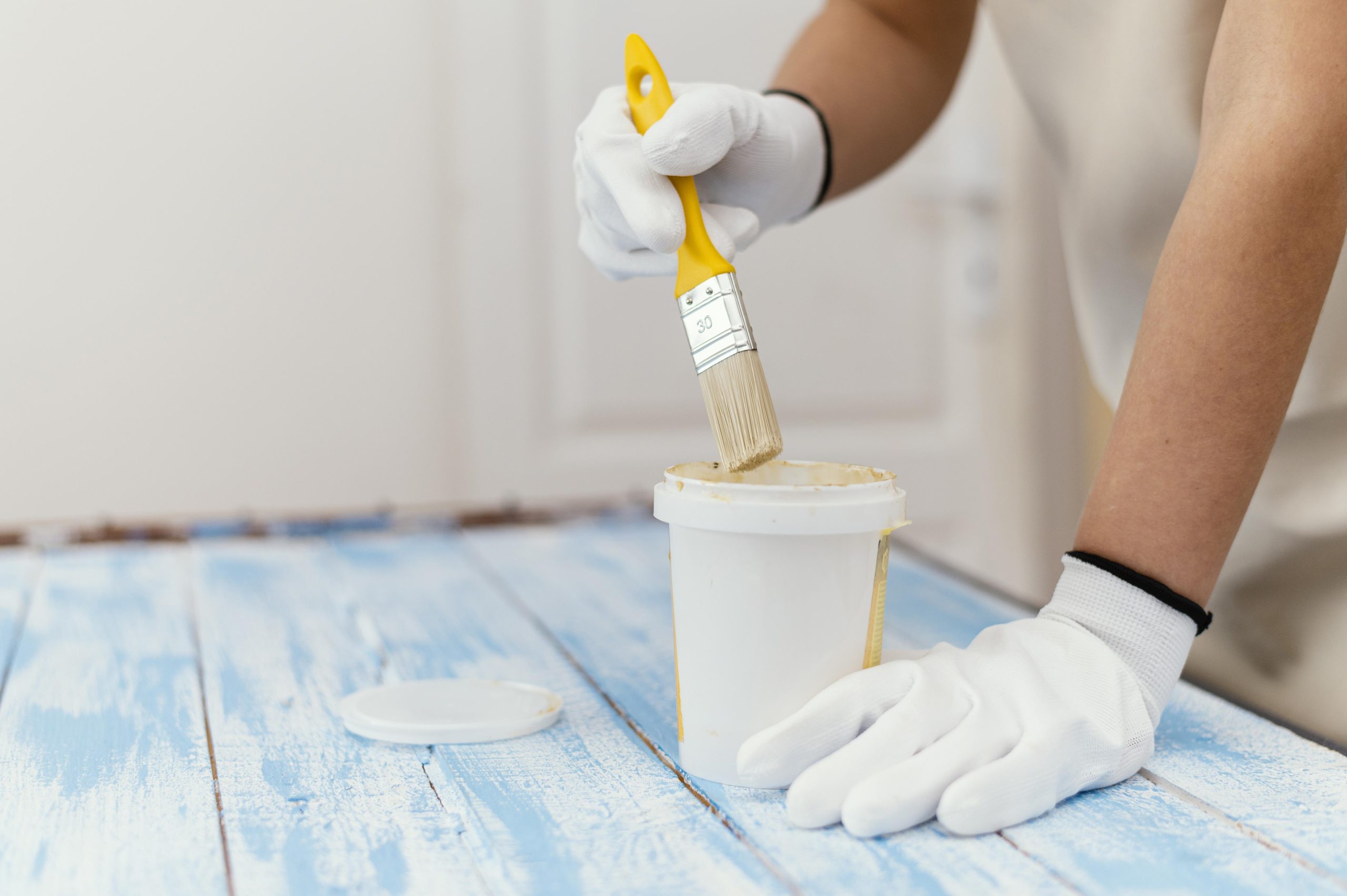Woodworking projects have been a beloved DIY pursuit for generations. Whether you’re crafting furniture, creating intricate carvings, or building a custom deck, choosing the right finish is crucial to protect and enhance the beauty of your woodwork. Two popular options that DIY enthusiasts often consider are epoxy and traditional wood finishes. In this article, we’ll explore the characteristics, advantages, and disadvantages of both, helping you make an informed decision for your next project.
Epoxy Finishes: The Modern Marvel
Epoxy finishes have gained significant popularity in recent years, thanks to their remarkable durability and versatility. They are essentially a two-part resin system – a resin and a hardener – that, when mixed together, create a chemical reaction that results in a hard, glossy surface. Here’s why epoxy might be the right choice for your DIY project:
1. Unparalleled Durability
Epoxy is known for its outstanding durability and resistance to moisture, heat, and chemicals. This makes it ideal for projects that will be exposed to harsh environmental conditions or frequent wear and tear. Whether you’re designing a tabletop, a countertop, or a wooden floor, epoxy can stand the test of time.
2. Aesthetic Versatility
Epoxy can be pigmented, tinted, or even embedded with various objects such as stones, shells, or glitter to create stunning visual effects. This versatility allows you to achieve a wide range of decorative finishes, from sleek and modern to rustic and unique.
3. Self-Leveling Properties
One of the advantages of epoxy is its self-leveling nature. When applied correctly, it forms a smooth, even surface that eliminates the need for extensive sanding and leveling, saving you time and effort in the finishing process.
4. Excellent Protection
Epoxy provides an excellent protective barrier against moisture and stains, preventing your woodwork from rotting or getting discolored. This feature is especially beneficial for outdoor projects or surfaces that are frequently exposed to spills.
5. High Gloss Finish
Epoxy finishes are known for their high-gloss shine, which can enhance the natural beauty of the wood and make it look more luxurious. If you’re aiming for a modern, glossy look, epoxy is an excellent choice.
However, epoxy finishes also come with some drawbacks that you should consider:
1. Application Complexity
Epoxy can be tricky to work with, particularly for beginners. Mixing the resin and hardener in precise proportions and applying it evenly requires attention to detail and experience.
2. Cost
Epoxy can be relatively expensive compared to traditional wood finishes, so it may not be the best choice if you’re on a tight budget.
3. Limited Repairability
Once epoxy has cured, it can be challenging to repair any damage or blemishes. You might need to sand down the entire surface and reapply a new layer of epoxy if there’s a significant issue.
Traditional Wood Finishes: Time-Tested Classics
Traditional wood finishes, such as varnishes, stains, and oils, have been used for centuries to protect and enhance the beauty of wood. They offer their own set of advantages and disadvantages:
1. Ease of Application
Compared to epoxy, traditional wood finishes are generally easier to apply, making them a suitable choice for DIY beginners. With some practice, anyone can achieve satisfactory results.
2. Natural Aesthetics
Traditional finishes enhance the natural beauty of wood without creating a high-gloss, plastic-like appearance. If you prefer the warmth and authenticity of wood grain, traditional finishes are an excellent option.
3. Repairability
Unlike epoxy, traditional finishes are relatively easy to repair. You can sand out imperfections and reapply the finish without needing to start from scratch.
4. Cost-Effective
Traditional wood finishes are often more cost-effective than epoxy, making them a better choice for budget-conscious DIYers.
However, traditional wood finishes also have their drawbacks:
1. Limited Durability
While they provide some protection, traditional finishes are generally not as durable as epoxy. They may require more frequent reapplication, especially in high-traffic or outdoor settings.
2. Vulnerability to Stains and Moisture
Traditional finishes can be more susceptible to stains and moisture damage compared to epoxy, which forms a more impermeable barrier.
3. Longer Drying Times
Traditional wood finishes can take longer to dry, potentially extending your project’s timeline.
Choosing the Right Finish for Your DIY Project
Now that we’ve explored the pros and cons of both epoxy and traditional wood finishes, how do you decide which one is right for your DIY project? Consider the following factors:
1. Project Type
Think about the specific project you’re working on. Epoxy is excellent for high-traffic areas, outdoor projects, and surfaces that need extra protection, while traditional finishes may be better for indoor furniture and pieces where you want to showcase the natural wood grain.
2. Skill Level
If you’re new to woodworking or finishing, traditional wood finishes might be a more forgiving option. Epoxy can be challenging to work with, and mistakes can be costly.
3. Budget
Consider your budget. Epoxy tends to be more expensive than traditional finishes, so make sure it aligns with your financial constraints.
4. Aesthetic Preference
Think about the look you want to achieve. Epoxy offers a glossy, modern appearance, while traditional finishes bring out the warmth and authenticity of wood.
5. Maintenance
Consider the long-term maintenance requirements. Epoxy may require less frequent maintenance but can be more challenging to repair, while traditional finishes may need more frequent touch-ups but are easier to fix.
Epoxy manufacturers in Madhya Pradesh offer a diverse range of high-quality epoxy resin products, catering to various industrial and commercial applications. With a commitment to quality and innovation, these manufacturers provide dependable solutions for all epoxy-related needs in the region.
In conclusion, both epoxy and traditional wood finishes have their strengths and weaknesses, and the choice ultimately depends on your specific project, skill level, budget, and aesthetic preferences. Whichever finish you choose, remember that proper surface preparation and application techniques are crucial for achieving the best results. So, roll up your sleeves, choose your finish, and embark on your next woodworking adventure with confidence!




